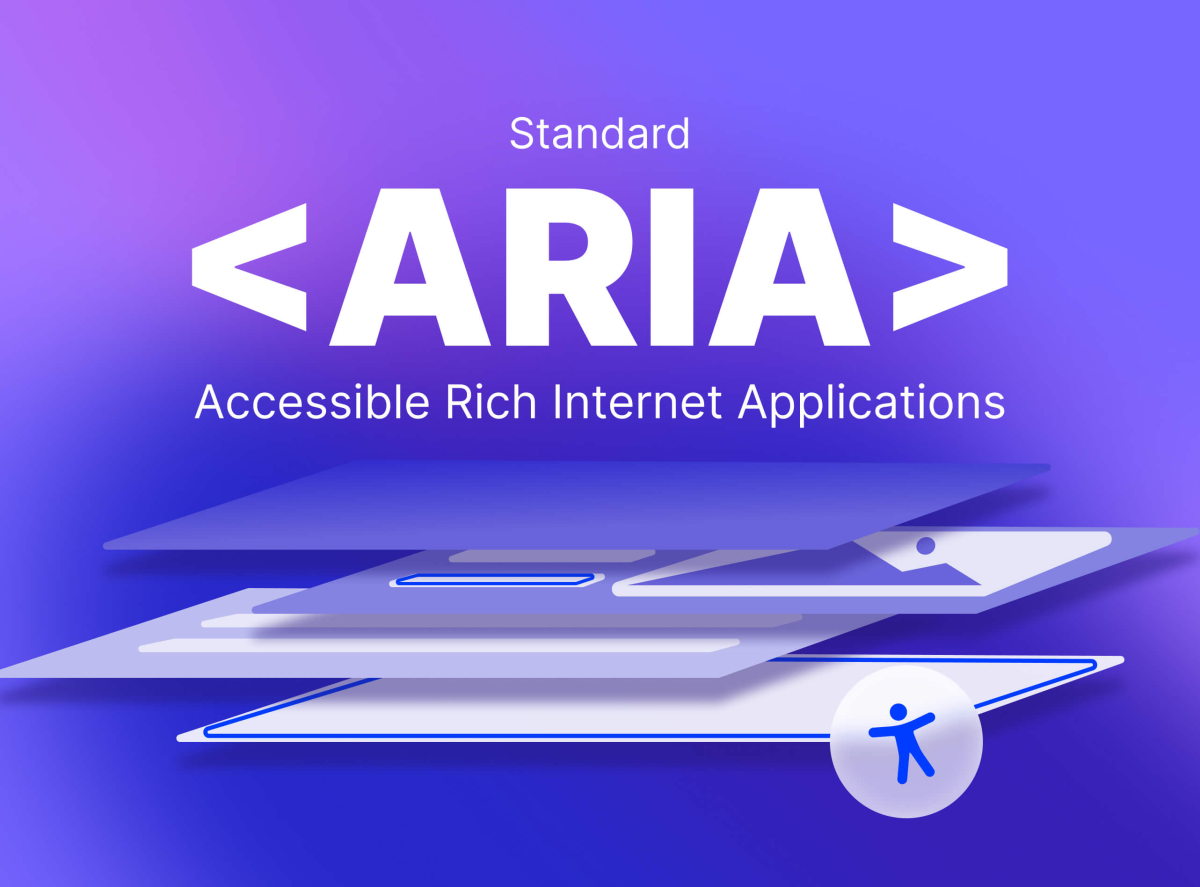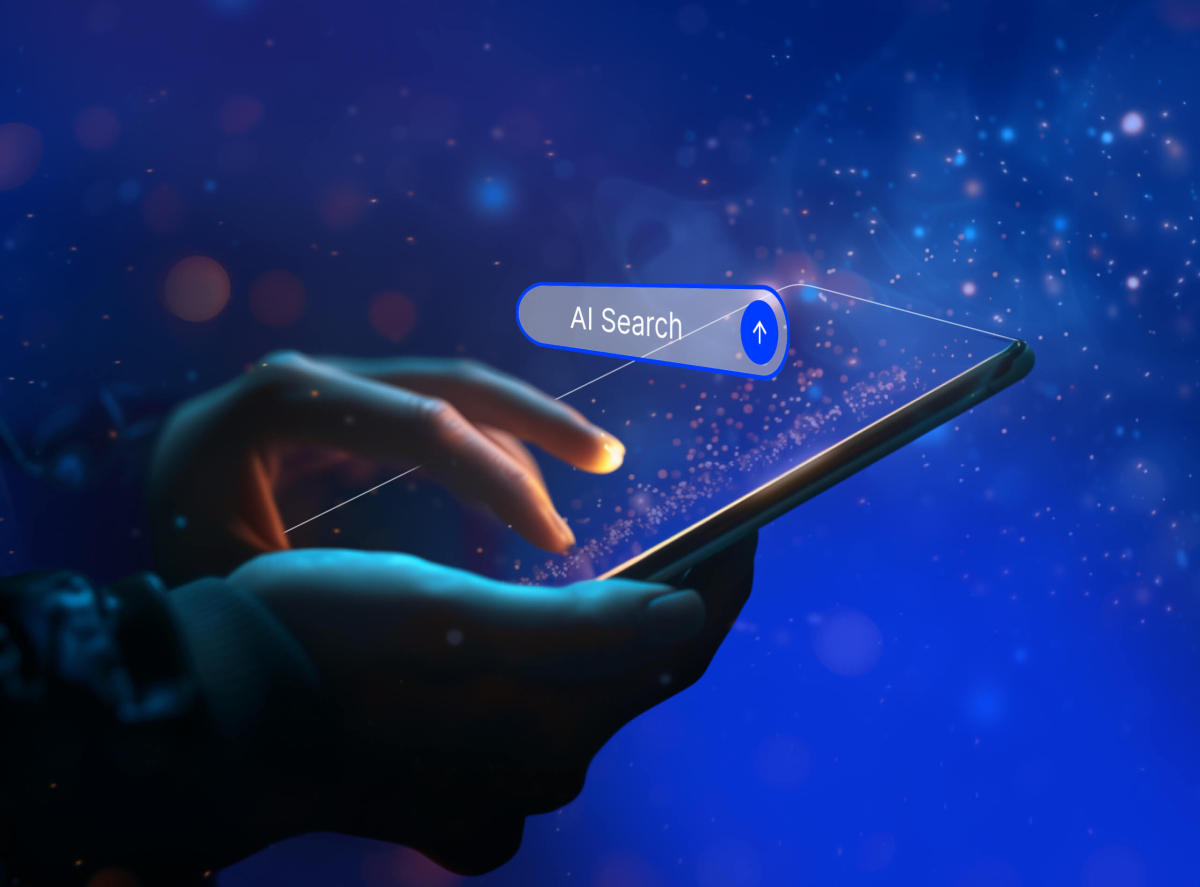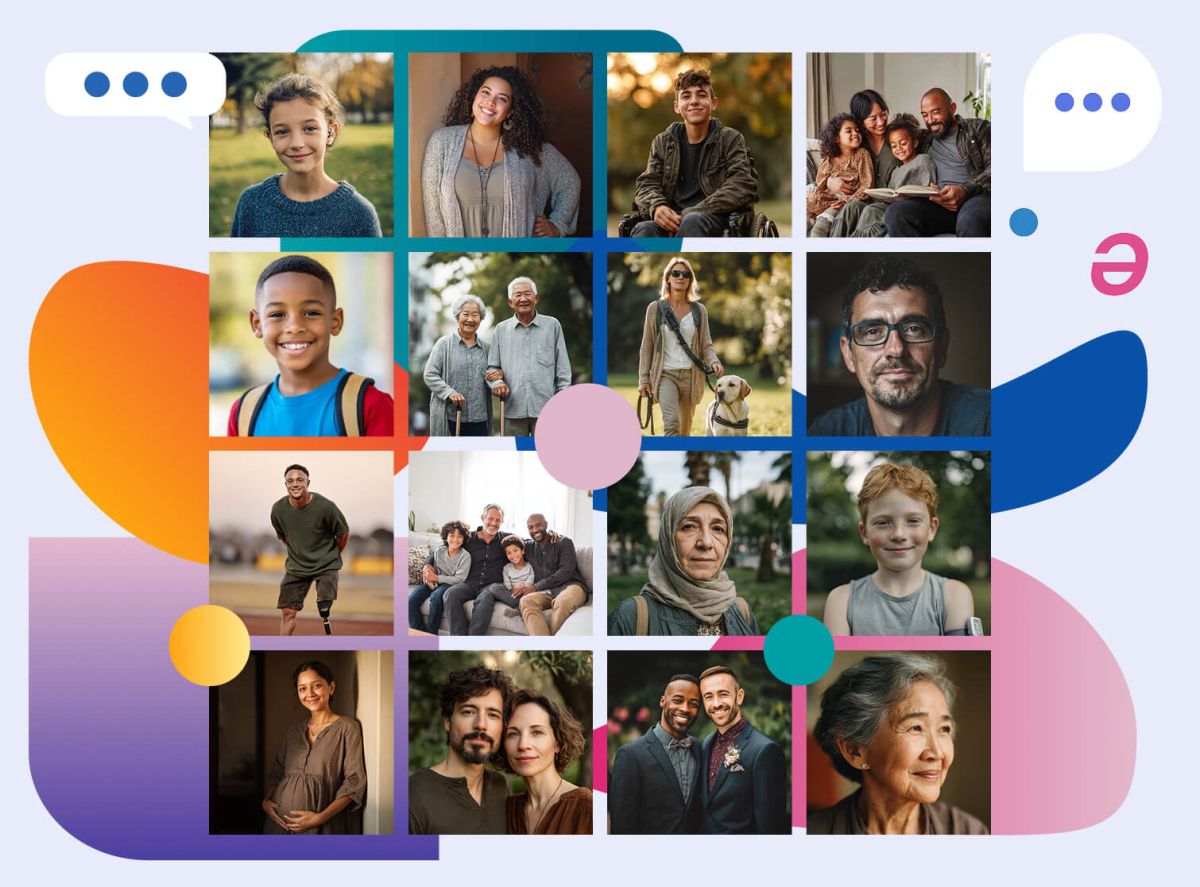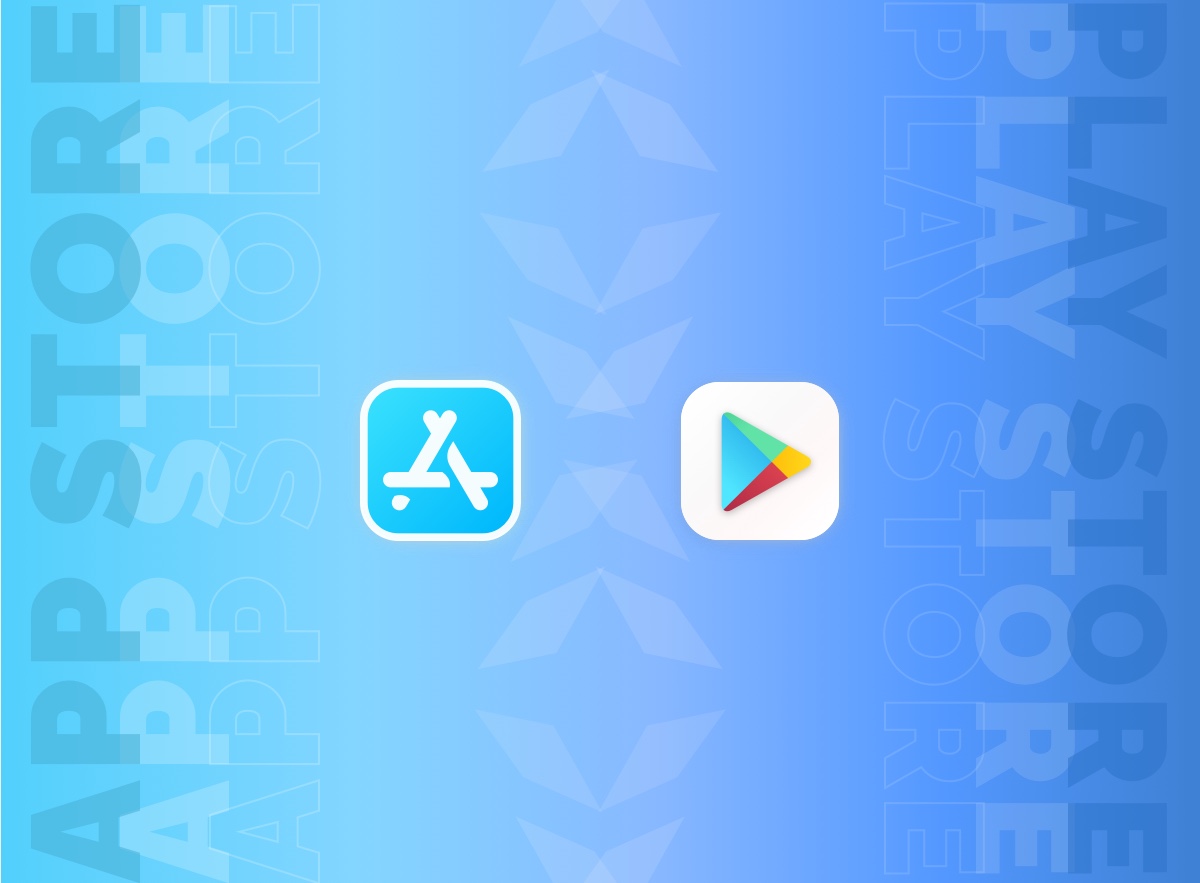
App Store Optimization: the differences between Android and iOS
In our last article, we saw the main methods to carry out a correct App Store Optimization. If you don't know what it is or want to learn more about it, you can read our article about the differences between ASO and SEO.
In order to better position your application and increase its downloads, you need to be aware of some specific information. Above all, the difference in the ranking factors (aspects that influence the positioning of the application in the search results) of the algorithms of the two most important app stores: Google Play Store and Apple App Store.
Although both platforms have their own store, the positioning of applications does not happen in the same way.
To carry out a good App Store Optimization, it is necessary to consider the numerous ranking factors that both Google and Apple have in common, which however are evaluated differently. Let's see them all together:
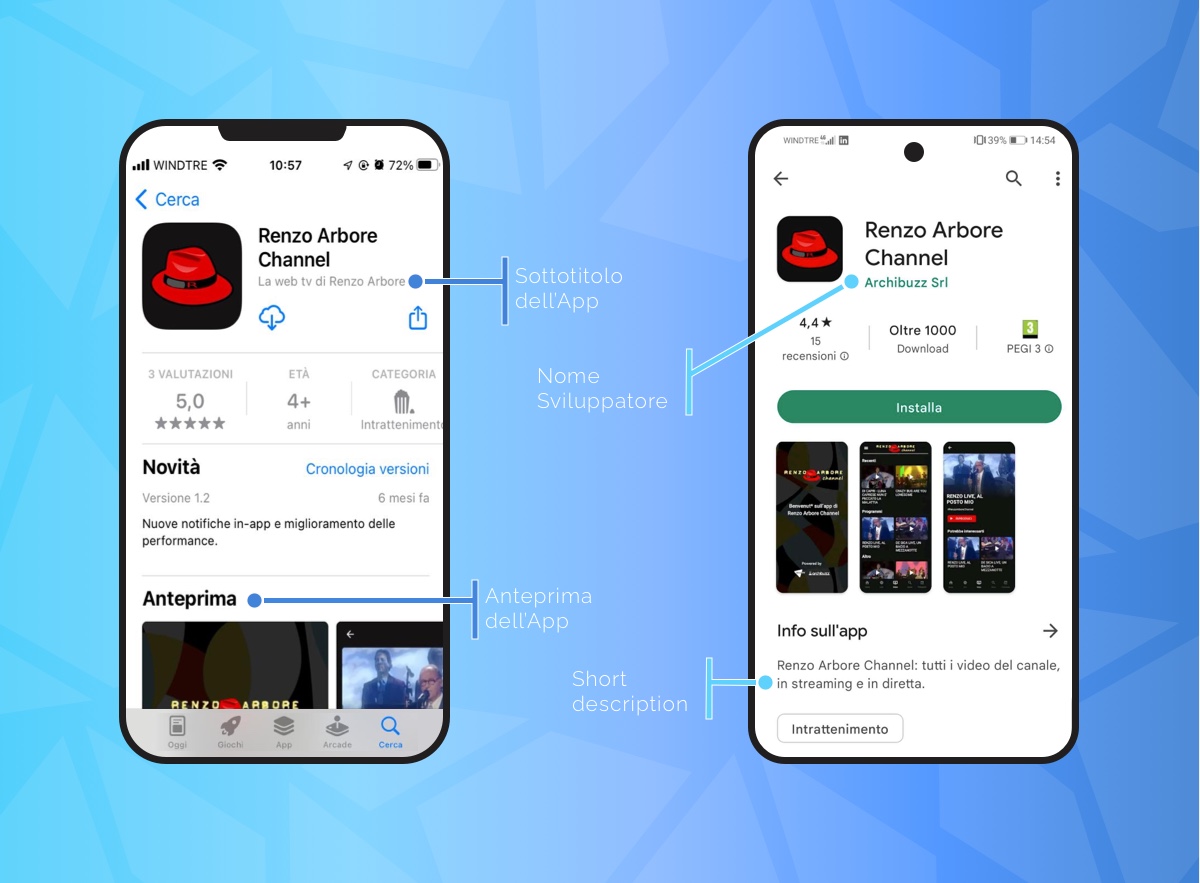
- App name
Google Play Store search results only show the app icon and title, so it is important that the name describes the main theme of the app. In the App Store this is less important, as both screenshots and subtitles appear in the search results and provide information about the app's features. However, for both stores, the application name is a strong ranking element and should include the most important keywords of the application - Subtitle and Short Description
Just like the app name, the algorithms of the two platforms strongly consider the presence of keywords in the descriptions. For Apple, the subtitle appears in the search results of the store; therefore, it is important to think about differentiating it from competitors.
If you want to perform a proper App Store Optimization for Android, keep in mind that the short description occupies a visible space on the app page. Therefore, since users have already clicked on the application, it should try to encourage users to download it. - Keyword field
It exists exclusively for Apple, while Google takes into account the keywords in each textual element of the app (title, subtitle, long description). - Long description
For a good App Store Optimization on Android, it’s important to maintain a keyword density in the long description of about 2-3%; on the other hand, on iOS this is not considered a ranking factor at all. - Screenshots
In the App Store you can add up to 10 screenshots, while Google Play Store is limited to only 8. Even if they are present in both stores, for Apple it's more important that the screenshots attract the attention of the users, as they are shown in the search results. - App Preview and Promo Videos
What Google considers “promo videos” are nothing more than Youtube videos that can be added to the app listing. While more creative freedom is granted on Android, specific guidelines are required for App Store Optimization on iOS. For example, videos should be short and must show the user's use of the application (the so-called user journey) - Backlinks
Similar to SEO, the Google Play Store algorithm takes into account the number of backlinks on the app page. A greater number of backlinks means greater authority, and therefore a higher ranking.
On the other hand, Apple does not take this factor into account when classifying an application.
To learn how to perform additional App Store Optimization tasks, read our article with some recommendations.
If you want to get more visibility for your application and increase its downloads, you can rely on our Digital Agency.
And to stay updated on the news of digital marketing, follow us on Instagram!
